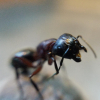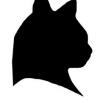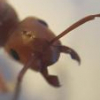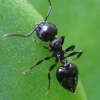Hi all. I have an expanding camponotus novaeboracensis colony. I have an antscanda hybrid camponotus formicarium and an nice new outworld. I find though that there is a lot of inactivity in the nest though. Is this normal or should it be thriving/busy. Might need a heating cable, but don't really want to splurge just yet. I'd say we're over 100 ants. Got a new major the other day. Almost as big as the queen!!
Thanks,
canadant


















